One of the greatest mysteries on earth is located in the northwest of Russia. Many scientists have spent decades working on drilling a whole. Their goal is to let it reach the center of the earth. This borehole is now 40,000 feet in depth, and is recognized as the deepest manmade hole in the world!
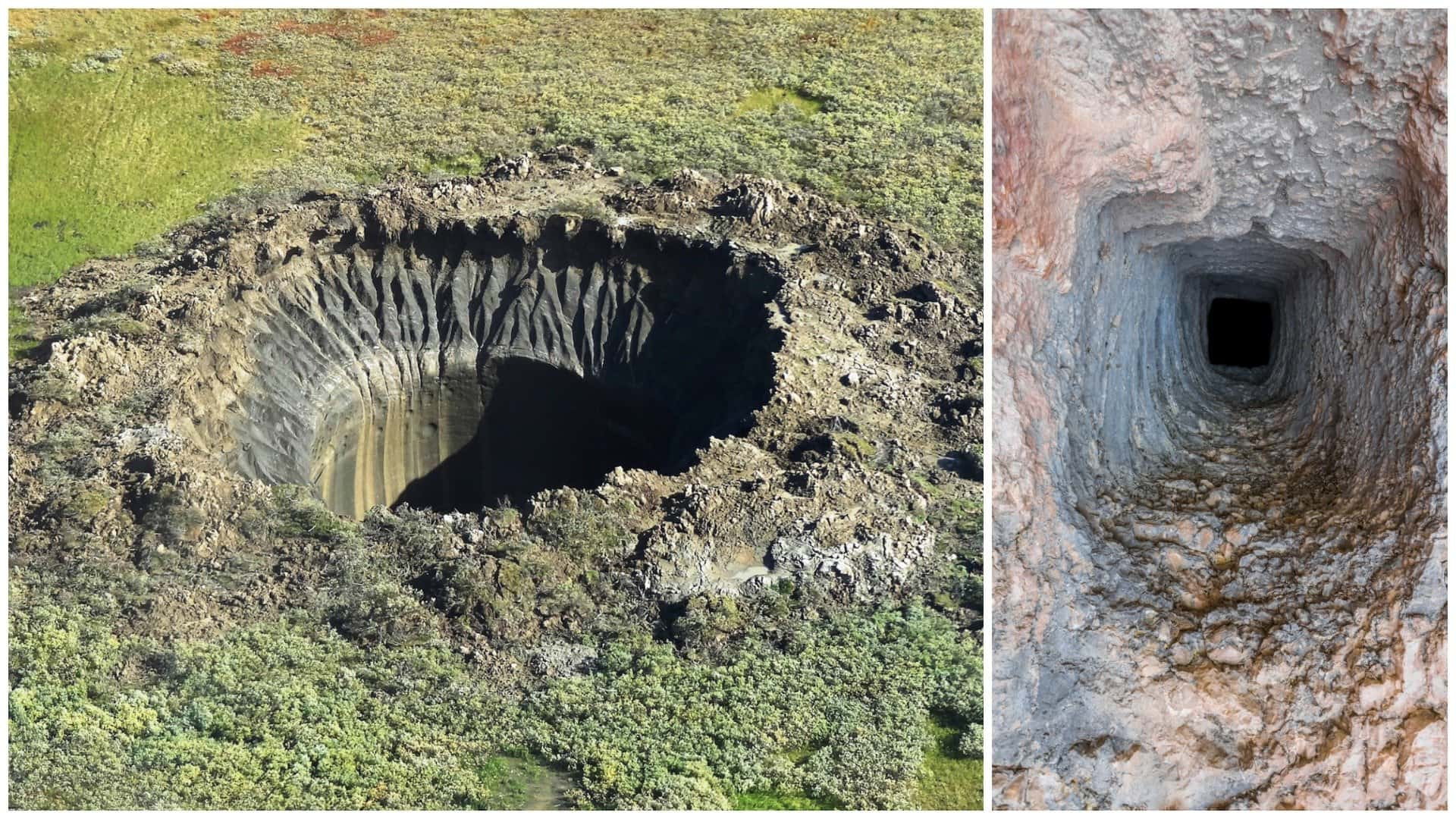
After Finding What’s In The Deepest Hole On Earth, Scientists Decided To Seal It
The Unexpected
They were doing good and going according to plan. They were headed straight to the mantle. But something unexpected happened. Their plans were thrown off. They have no other option but to seal the hole. What did they find below? You’d never imagine the answer to this mystery.

The Unexpected
Above And Below
It’s not a surprise that humans are curious about what’s under the earth. Humans are always brave to explore the unknown. Even the skies are explored right at this very moment. With the help of private companies and global space agencies, we can alleviate our infatuation with the sky and earn more about the universe than we have ever known before.

Above And Below
Interesting Discovery
The first artificial satellite was launched in 1957. But that was not the last time we have looked up at the sky. We have advanced our research about space in the last few decades. But did you know that what lies beneath the earth is as interesting?

Interesting Discovery
The Cold War
Some people claimed we know more about what’s in outer space than what lies below our feet. Have you heard of the space race? The Space Race was a 20th-century competition between two Cold War adversaries, the Soviet Union (USSR) and the United States (US), to achieve superior spaceflight capability. It is important because it showed the world which country had the best science, technology, and economic system. And we have accomplished a lot, but not many people know about the conquest to conquer the ground.
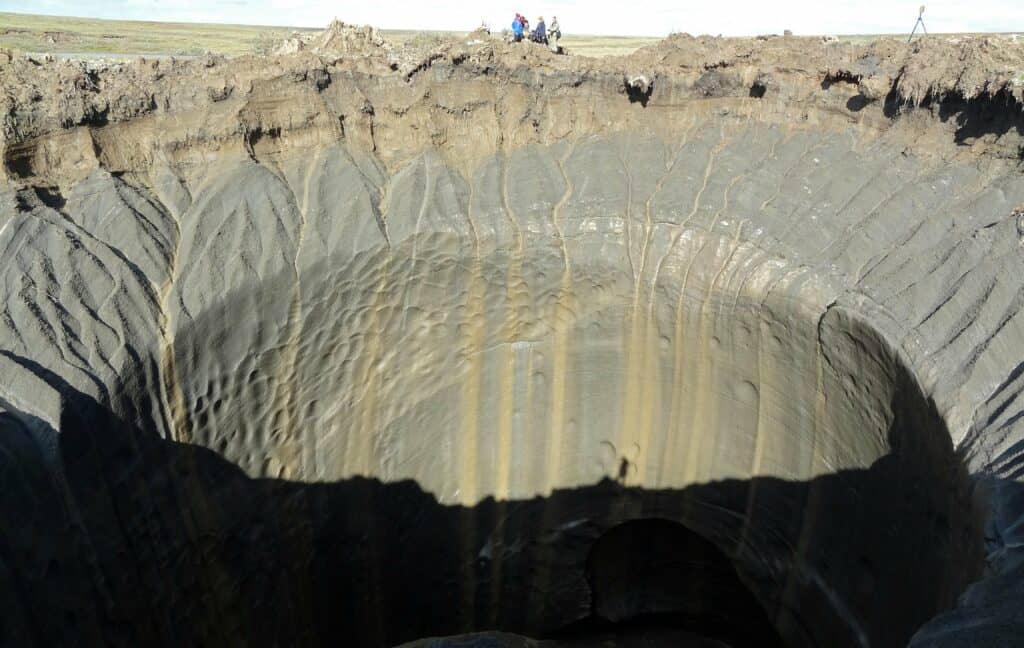
The Cold War
Race To The Depths
Since the late 1950s, scientists from America and the Soviet collaborated in an experiment of exploring the crust. The Earth’s crust is its lightest, most buoyant rock layer. Continental crust covers 41percent of the Earth’s surface, though a quarter of that area is under the oceans. The continental crust is up to 30 miles thick. Then comes the mantle.

Race To The Depths
The Mantle
The thick shell is subsequently replaced by the mantle, an unfathomable inner layer. This deeper layer is responsible for approximately 40% of the Earth’s mass. As far as scientists and researchers are concerned, this resulted in an intriguing trip.

The Mantle
Project Mohole
The United States grabbed the lead in 1958, establishing Project Mohole. It is not far from Guadalupe, Mexico. A team of engineers worked on the project, which required digging through the Pacific Ocean’s bed.

Project Mohole
Reaching The Mantle
They were able to get down to a depth of over 600 feet. Project Mohole, that being said, was ultimately shelved eight years after funding has been cut. The Americans were unable to locate the mantle.

Reaching The Mantle
The Soviets
Following that, it was up to the Soviets to give it a try. A group of experts began drilling into the crust under the Pechengsky District. It was a different strategy than what the original researchers used.
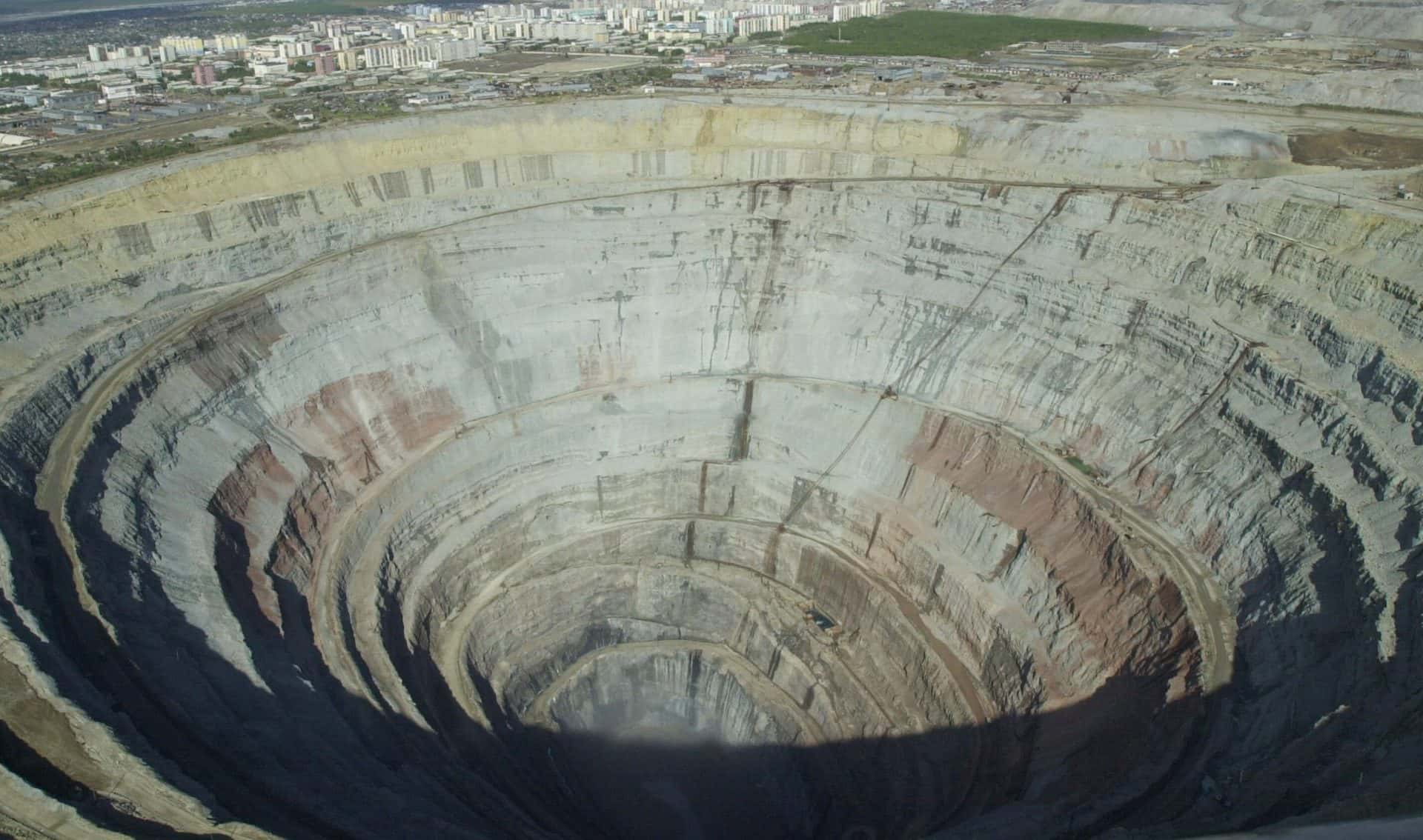
The Soviets
Digging Deep
Russia’s Kola Peninsula is a sparsely populated region. The goal was simple. They just wanted to drill as deep into the crust as they could.

Digging Deep
What Their Goal Is
The Soviets also planned to go as deep as 49,000 feet below the Earth’s surface. They began digging a series of boreholes that branched out from a single cavity with the assistance of specialized equipment. American prospectors made their own advances while working on this assignment.
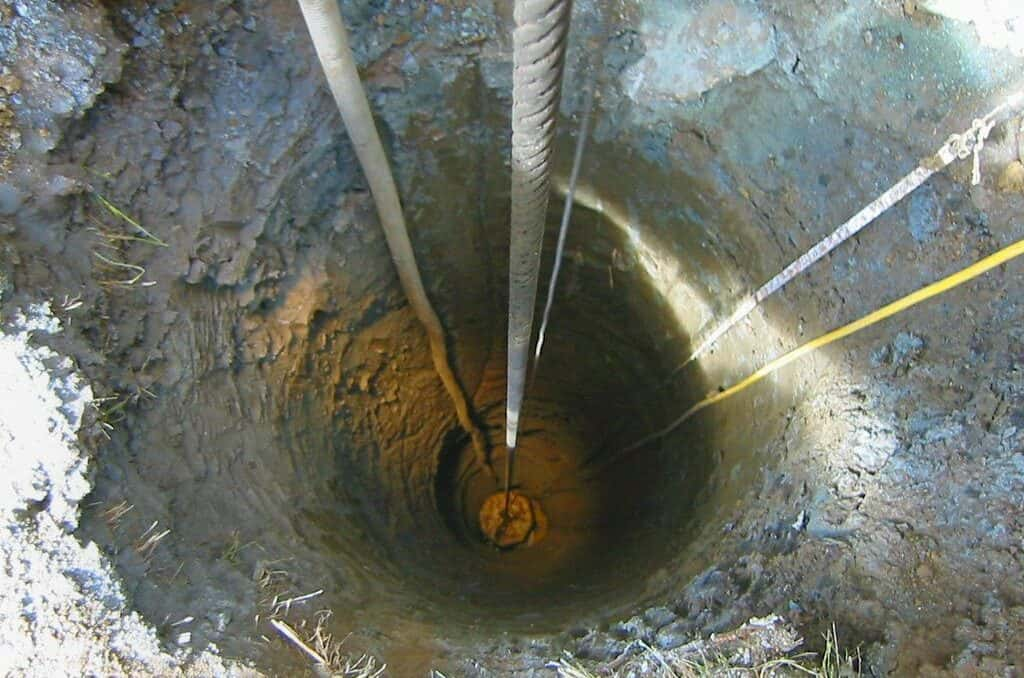
What Their Goal Is
Bertha Rogers Hole
In 1974, the Lone Star Producing Company began drilling for oil in western Oklahoma. As a result, the company created the “Bertha Rogers hole.”
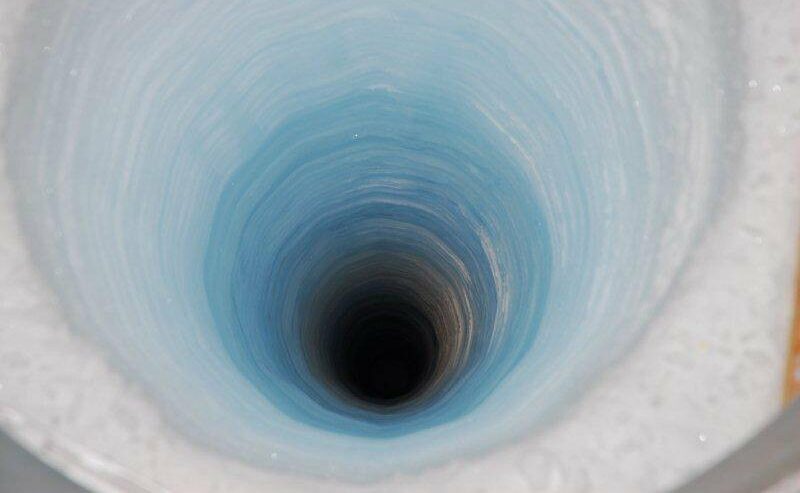
Bertha Rogers Hole
Where Is It Located?
The man-made marvel, located in Washita County, lies more than 31,400 feet below the planet’s surface. That’s over six miles! It was really very deep!

Where Is It Located?
Breaking The Record
Lone Star failed to discover what it was looking for, but the endeavor remained the deepest hole on Earth for another five years. On June 6, 1979, one of the Kola boreholes, known as SG-3, broke that record. By 1983, the nine-inch-wide hole had penetrated an astounding 39,000 feet through the planet’s surface.
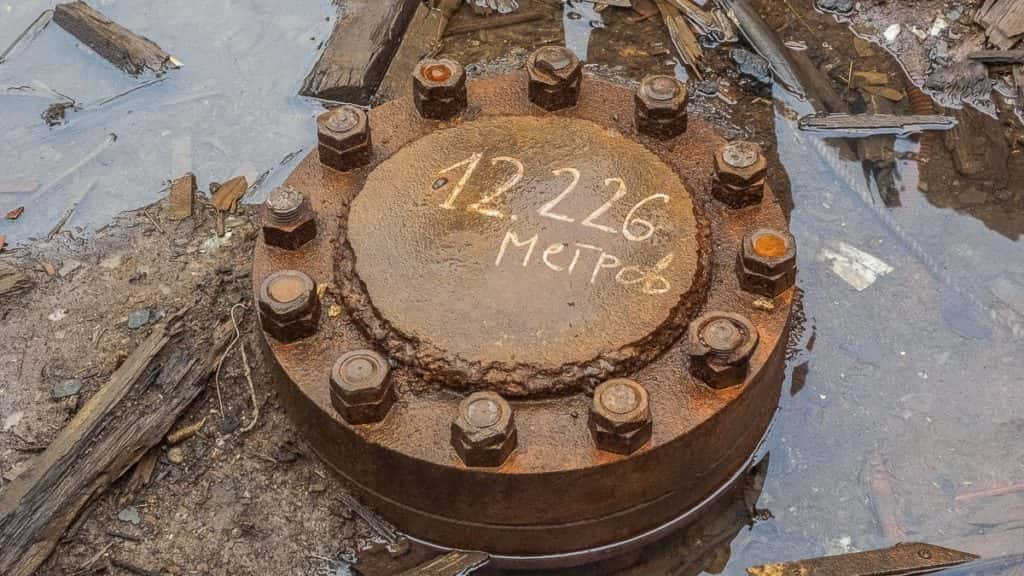
Breaking The Record
After That Milestone
The Kola Peninsula researchers have temporarily ceased operations now that they have achieved that milestone. They took a year off from building on it to allow different people to see the magnificent sight.

After That Milestone
Technical Problems
However, when they attempted to resume after a year, they encountered a technical issue that forced them to pause once again. The project was put on hold once again. What did the scientists do?

Technical Problems
Not Losing Hope
However, the researchers did not give up. They decided to abandon the first borehole and begin again. They tried it again, but this time from a depth of 23,000 feet.
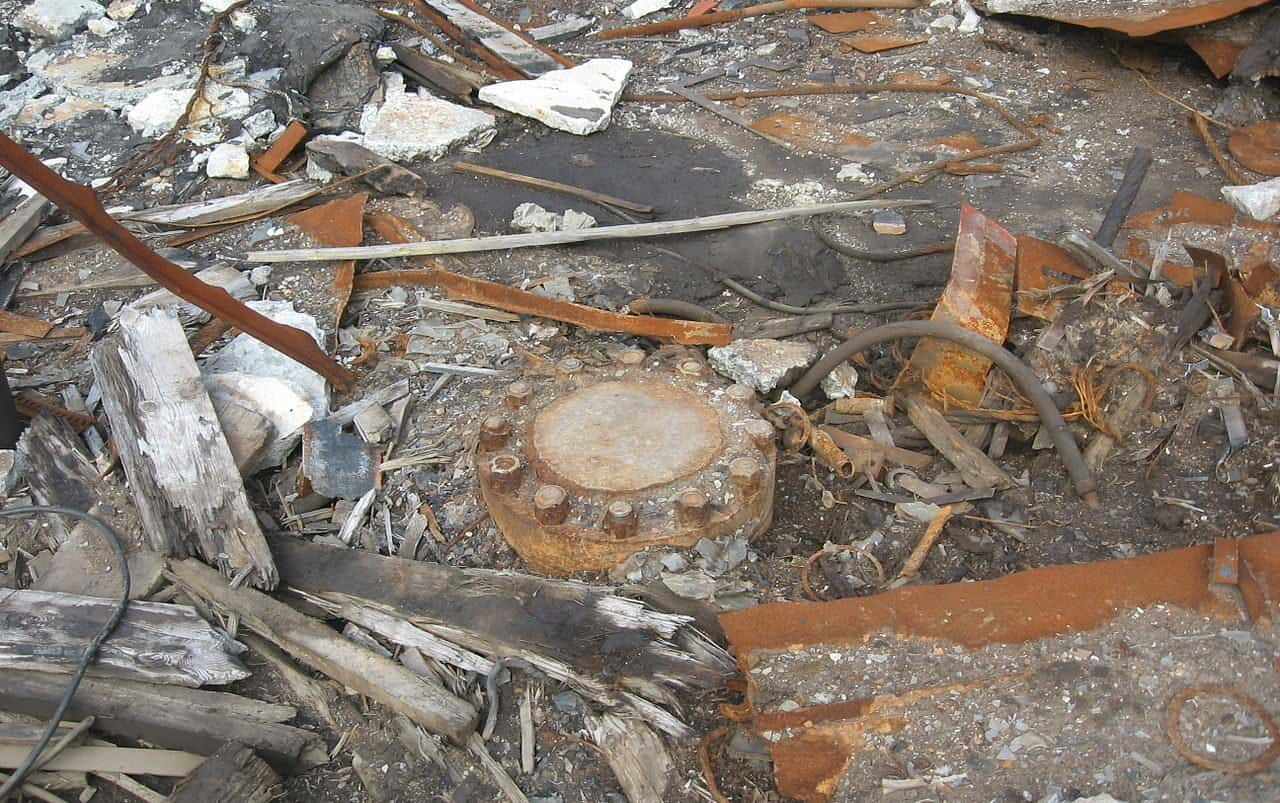
Not Losing Hope
Breaking The Record
They had beaten the previous record by diving to a depth of 40,230 feet by 1989. (7.5 miles). This increased their confidence. If everything goes well, they should be able to fly much higher than 44,000 feet by the end of 1990.

Breaking The Record
Something Down There
It was even more remarkable when they predicted they’d reach 49,000 feet as early as 1993. However, something surprising was hiding under the lonely tundra.
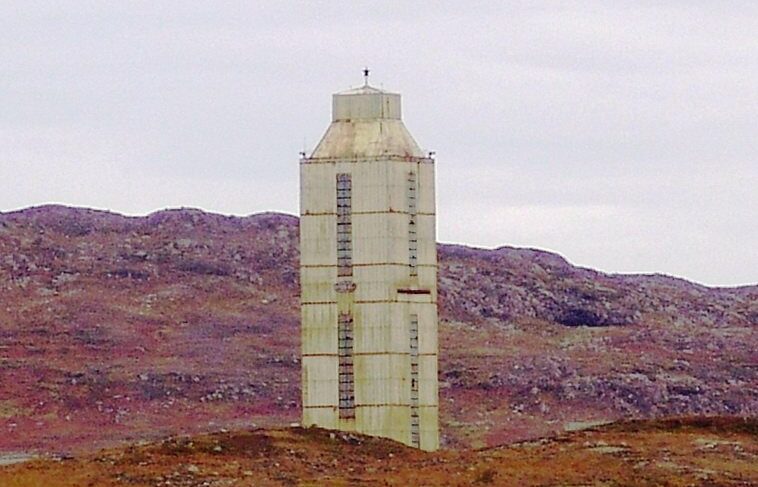
Something Down There
Something’s Wrong
As they approached the Earth’s core, they encountered something that caused them to rethink their plan. For them, this was a game-changer. It had a significant impact on their research strategy. What did they come across?

Something’s Wrong
The Unexpected Temperature
Temperatures in the borehole were more or less as the researchers anticipated. For the first 10,000 feet of the excavation, this was true. However, things began to change after that.
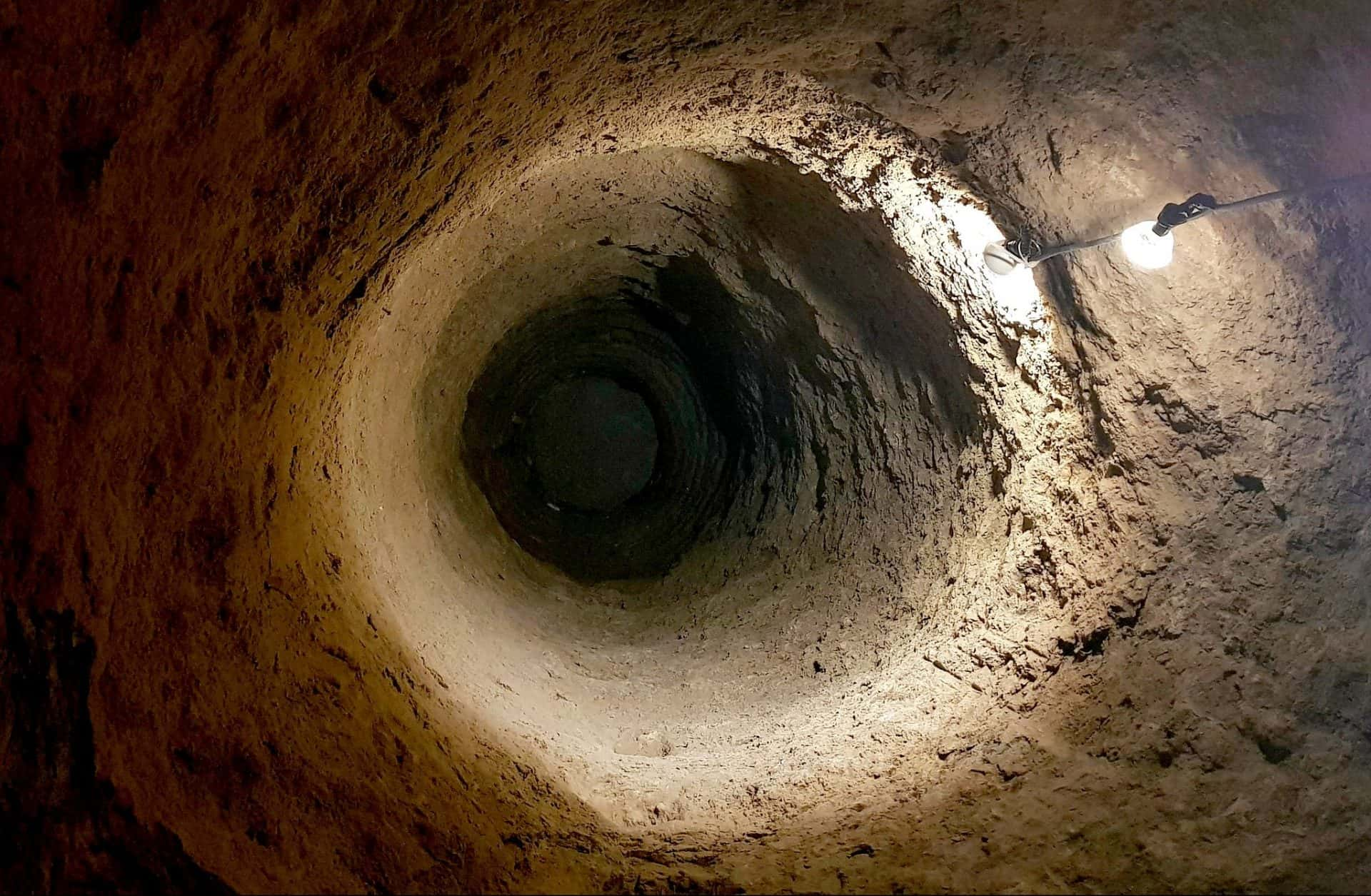
The Unexpected Temperature
The Temperature Changed
They had underestimated how quickly the temperature would rise. By the time they came near to the target, the temperature in the hole had reached 180 °C (356 °F). This is 80 degrees Celsius (176 degrees Fahrenheit) hotter than they had expected!

The Temperature Changed
There Was More
That wasn’t the only thing. Furthermore, the researchers discovered that the granite at such depths was far less thick than they had previously thought. As a result, it reacted in unexpected ways to greater temperatures.
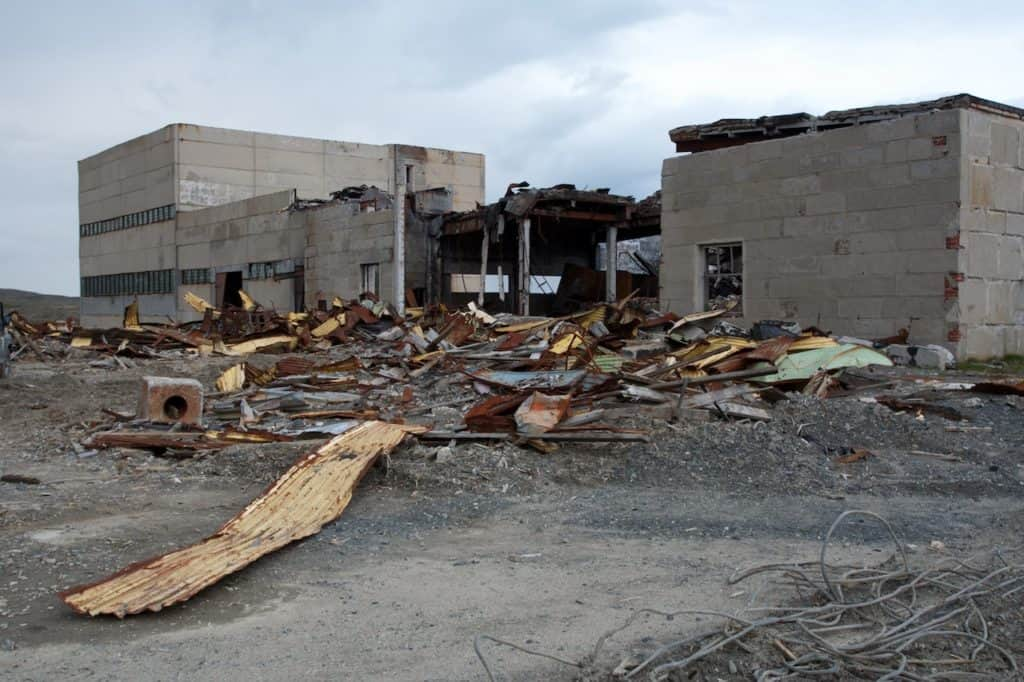
There Was More
Abandoning The Project
They decided to abandon the project since they knew the equipment would break down under such circumstances. It had been 22 years since they began excavating at that point.

Abandoning The Project
The Kola Superdeep Borehole
The researchers learned a couple of fascinating things before they sealed up what has become known as the Kola Superdeep Borehole. For one thing, they found small fossils of marine plants around four miles deep.
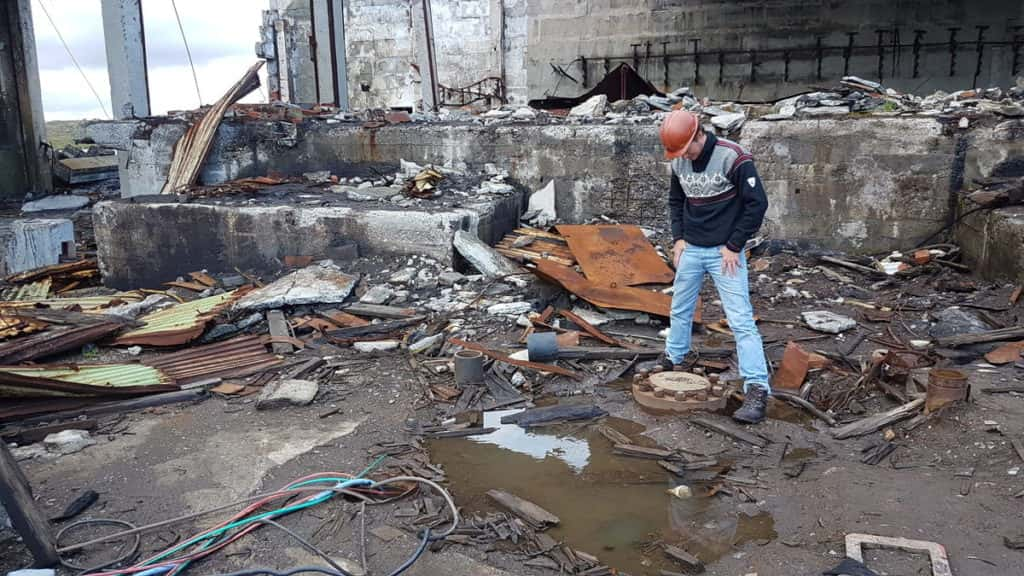
The Kola Superdeep Borehole
What Did They Find?
The relics were in excellent condition, particularly considering how long they had been buried beneath miles of rock. The rock on its own, by the way, was estimated to be over two billion years old!

What Did They Find?
Not What They Expected
They discovered an even more exciting find at the Kola Superdeep Borehole’s furthest reaches! Experts traditionally believed that the rock under our feet transforms from granite to basalt at two to four miles below the Earth’s surface when seismic waves were detected.

Not What They Expected
It Was Different
They quickly realized they had made a mistake. At the very least, this may not be the case in the Kola Peninsula. Following this revelation, a series of additional discoveries occurred, leading them to uncover something much more amazing than they had anticipated.

It Was Different
It Was Still Granite
Researchers discovered granite even at the borehole’s deepest point! After considerable thought, they concluded that the seismic wave change was caused by metamorphic changes in the rock rather than a transition to basalt.
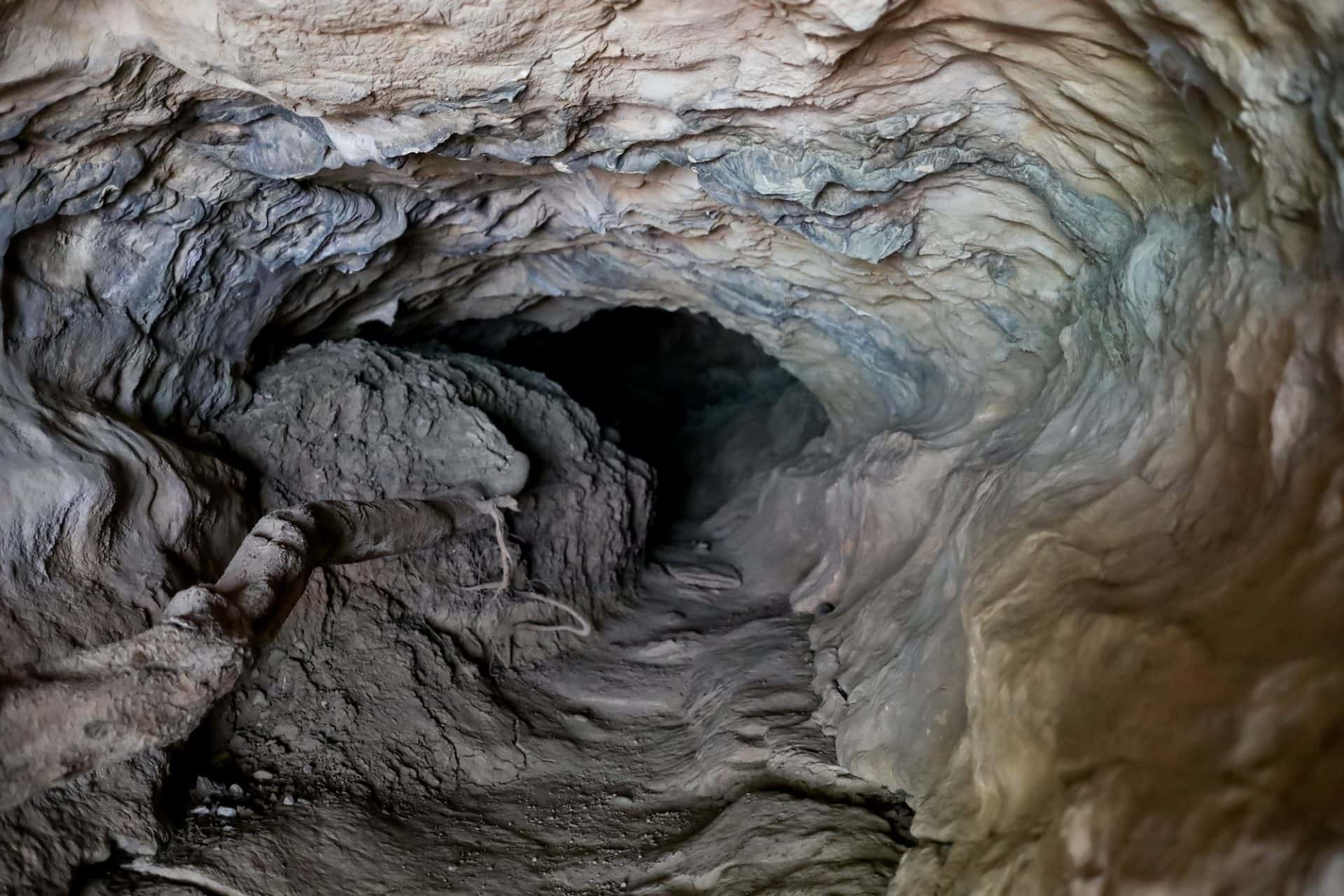
It Was Still Granite
They Found Something Incredible
This is far from the case. They also found running water a few kilometers under the surface, which was amazing. This was not what they were expecting to discover down there!

They Found Something Incredible
Proof Of Biblical Flood
Some individuals were convinced that the finding of water under the surface proved the biblical deluge. However, it is also thought that the phenomenon is produced by high pressure pushing hydrogen and oxygen atoms out of the rock.

Proof Of Biblical Flood
Trapped Beneath The Surface
The creation of fresh water under the earth’s surface was then stifled by impermeable rocks. This was the researchers’ explanation when they discovered this. What are your thoughts?

Trapped Beneath The Surface
Closure And Collapse
The closing of the Kola Superdeep Borehole coincided with the disintegration of the Soviet Union. By 1995, the project had been permanently halted. It is now considered an environmental threat. Visitors may, however, view remnants from the operation in a neighboring town named Zapolyarny. It is about six kilometers from the location. Isn’t it amazing that no one else has broken the record? This implies that the borehole is still the world’s deepest man-made point!
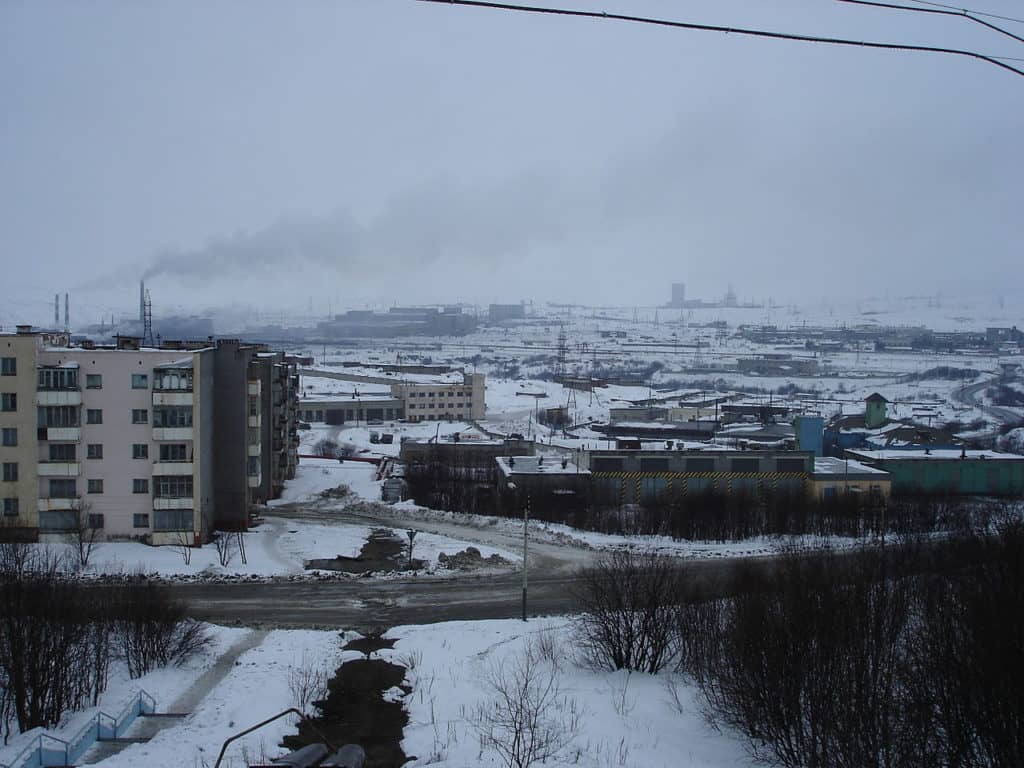
Closure And Collapse
The Race To The Center
To be clear, the race to the core of the Earth is far from finished. The International Ocean Discovery Program, which is still investigating what is under the seabed, has drilling platforms throughout the seas. They must contend with harsh temperatures and malfunctioning equipment to discover what mysteries it contains.

The Race To The Center
Below The Water
They do, however, undertake excursions below the sea to accomplish things other than reach the mantle. For one instance, when a two-man submersible was dropped into the Antarctic on an exploration expedition, it literally plunged into the unknown. The crew members’ goal was to travel further beneath the sea towards the South Pole than anybody had ever gone before. What did they discover down there? Let us just say that they had a peek of a world that no one else has ever seen before.
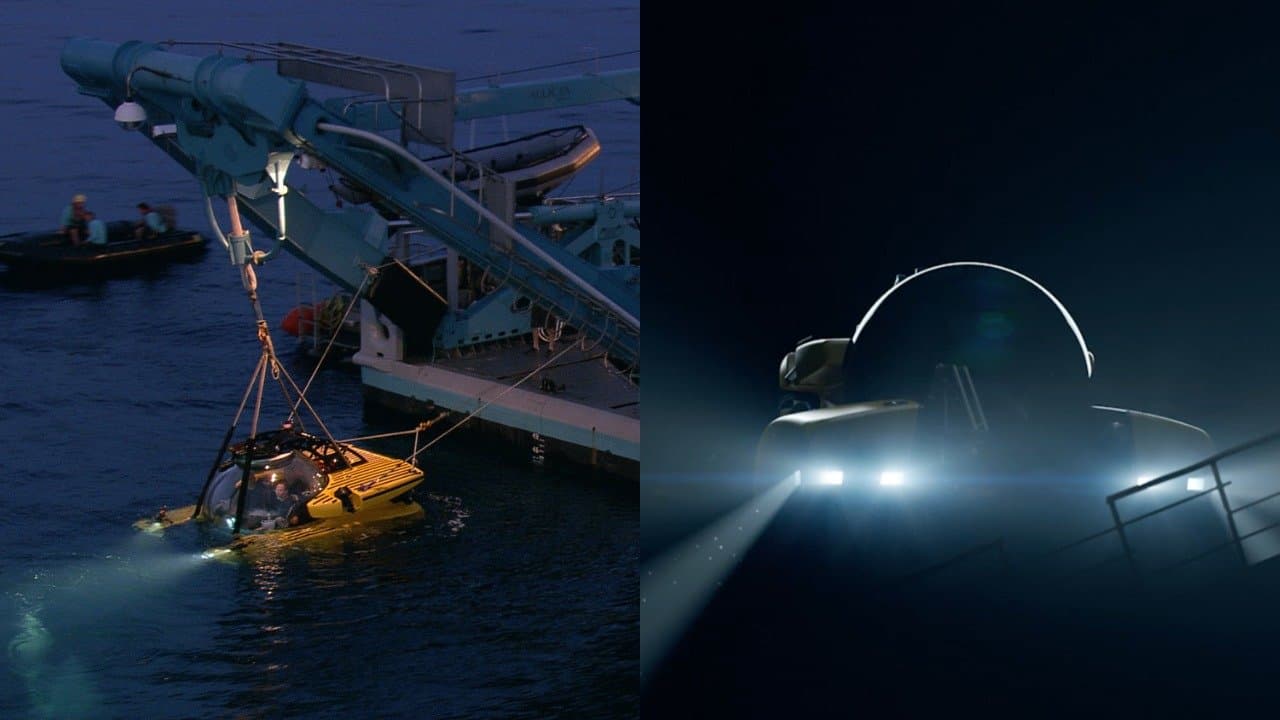
Below The Water
Years Of Careful Planning
This was no ordinary spur-of-the-moment expedition, however. In fact, they spent two years determining the best time and location for the dive. There is a cause for the delay. The reality is that we know more about the sky than we do about our own planet’s ocean bottom.
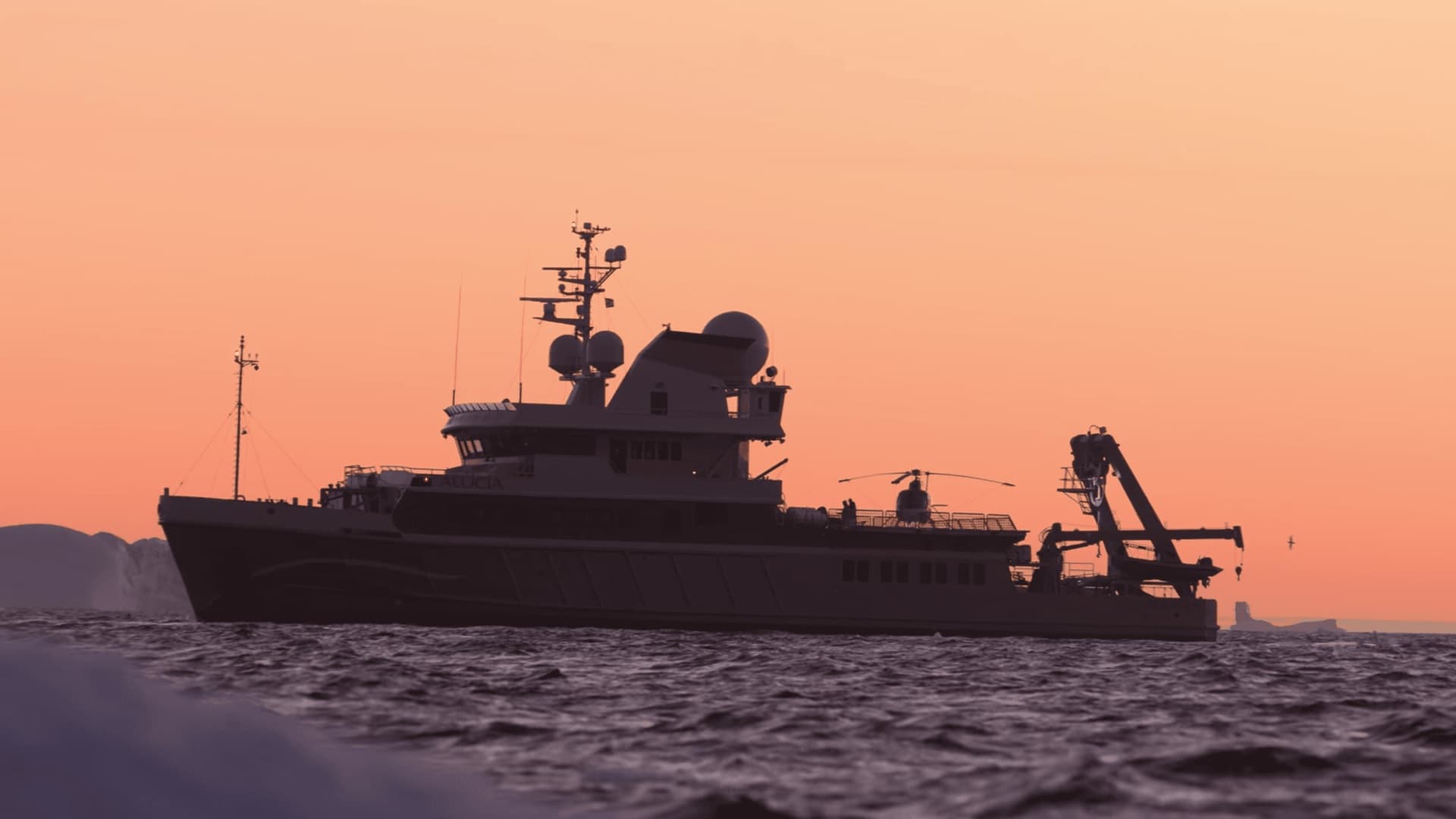
Years Of Careful Planning
We Know Little About It
We now know more about the surface of Mars than we do about the ocean bottoms surrounding us. Allow us to put things into context. The distance between our planet and its neighbor is 140 million kilometers. The average depth of the ocean, on the other hand, is less than 12,000 feet, or roughly two miles!
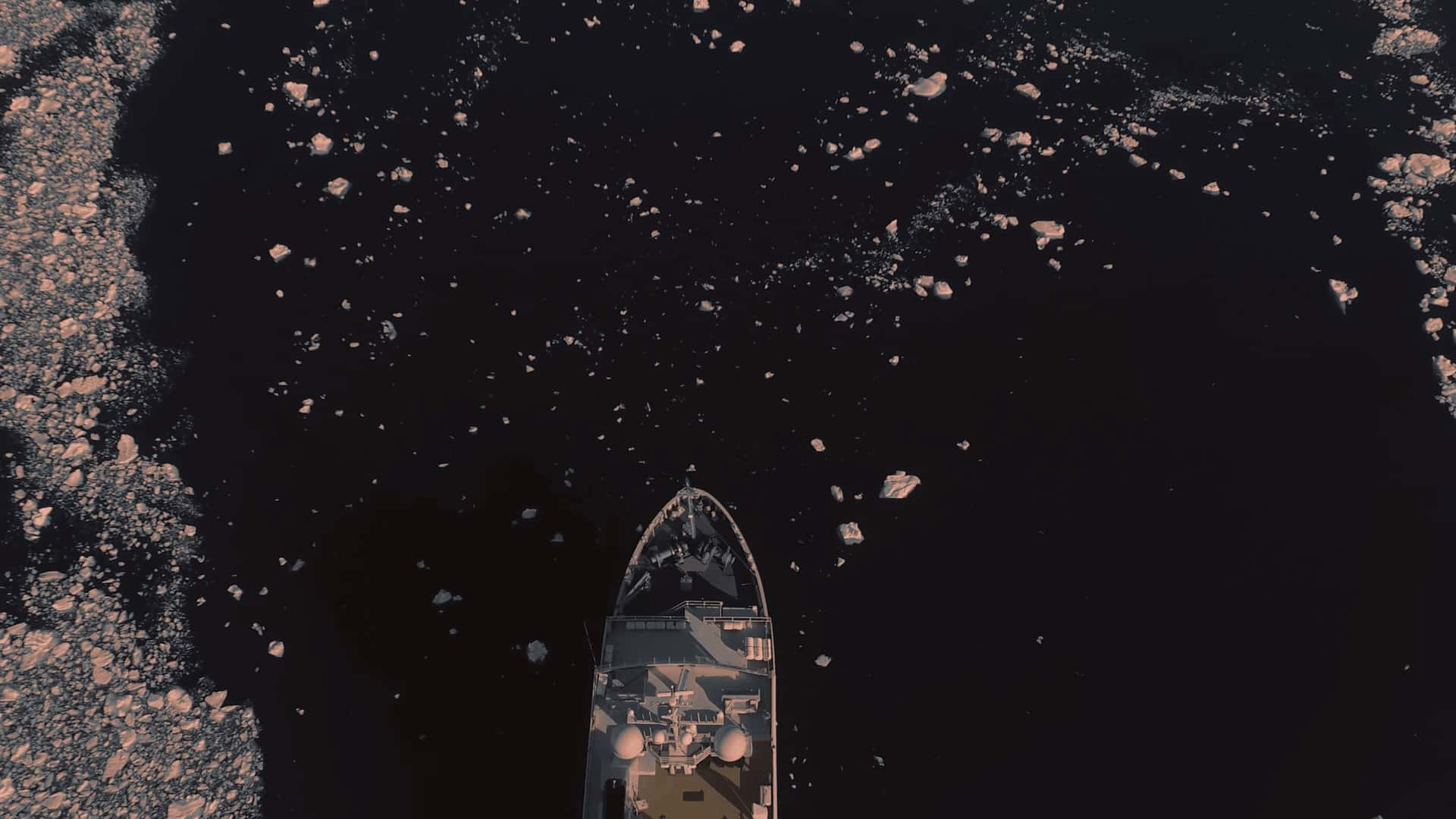
We Know Little About It
Not Easy At All
If you thought the plunge under the Antarctic was simple, you were mistaken. For starters, scientists needed to determine where the drop would take place. Finally, they settled on a site known as “Iceberg Alley.” The location was not given its name for no reason.
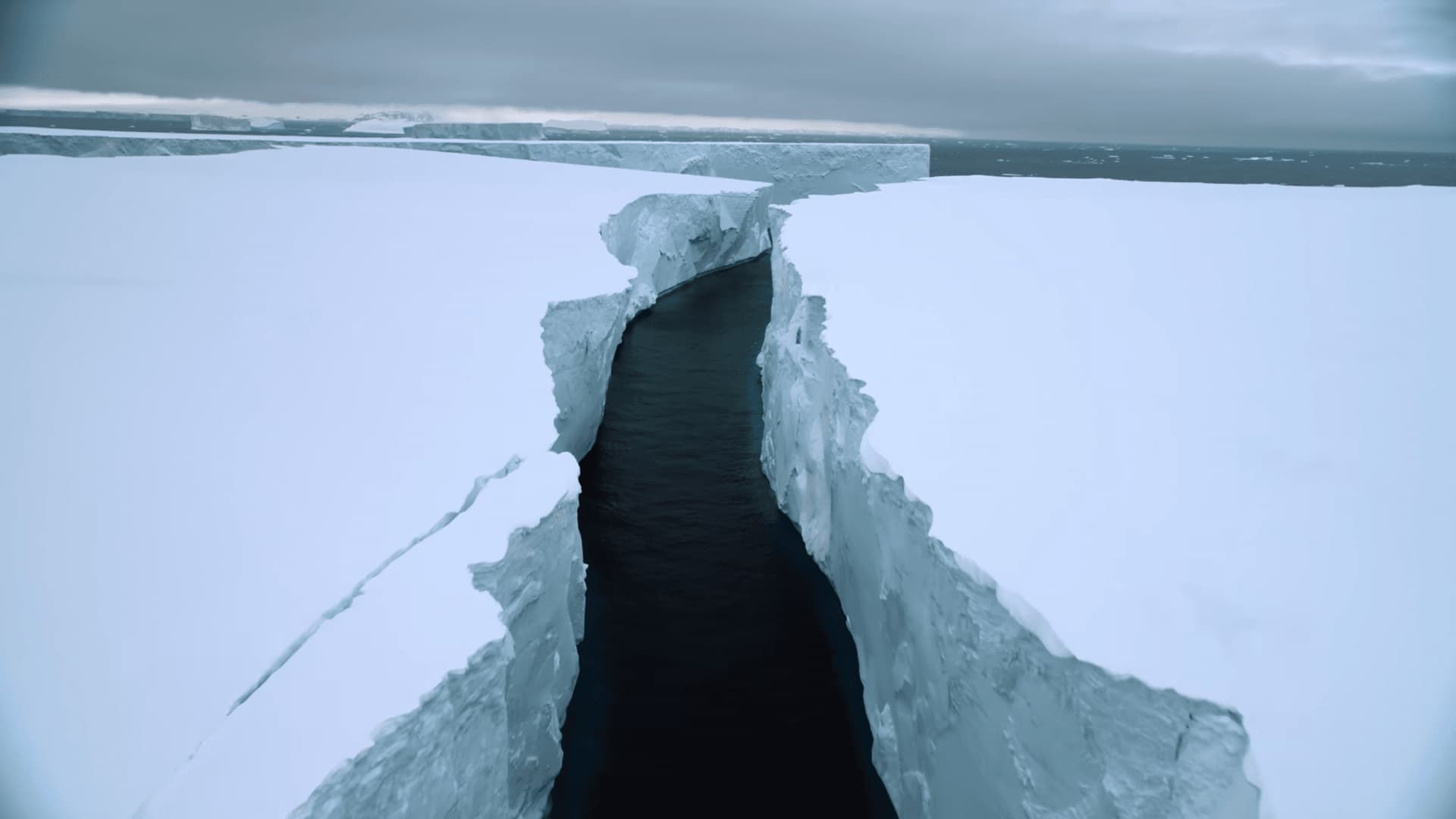
Not Easy At All
In The Antarctic
The alley creates a waterway near one of the Antarctic Peninsula’s farthest northern points. The sea’s edge is ringed by moving ice pieces. There are bits as large as a car, while others are half a square mile in size. Simply getting the boat with the submersible there was a tremendous task.
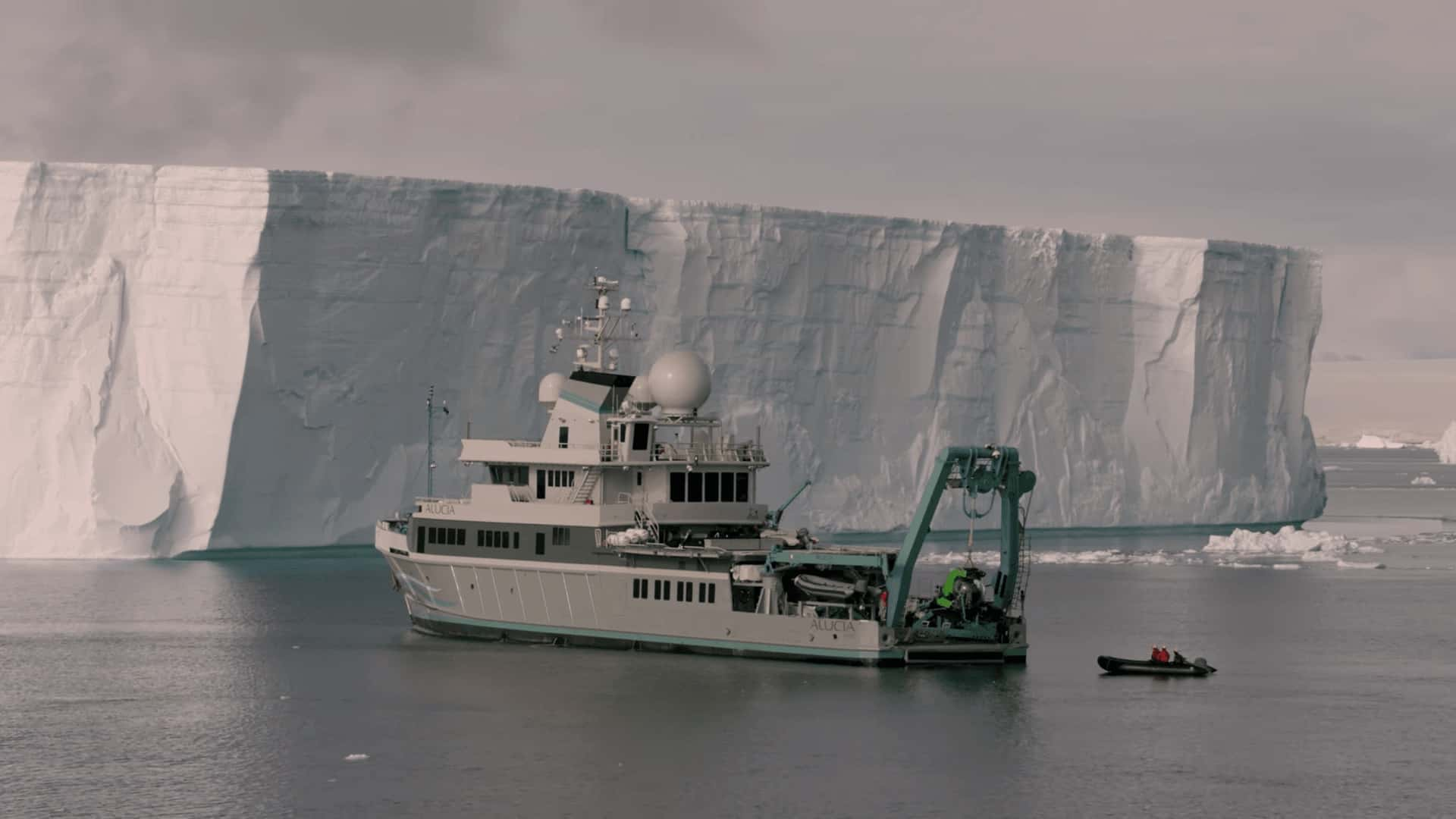
In The Antarctic
Diving Into The Unknown
The team was on a mission to explore the unknown. Watch the documentary! The executive producer, James Honeyborne, said that they encountered difficulties along the road. He even told the BBC that getting to Iceberg Alley was like playing “a big game of Space Invaders.” It wasn’t only getting the proper position that was tough for them. Other reasons also impeded their progress.
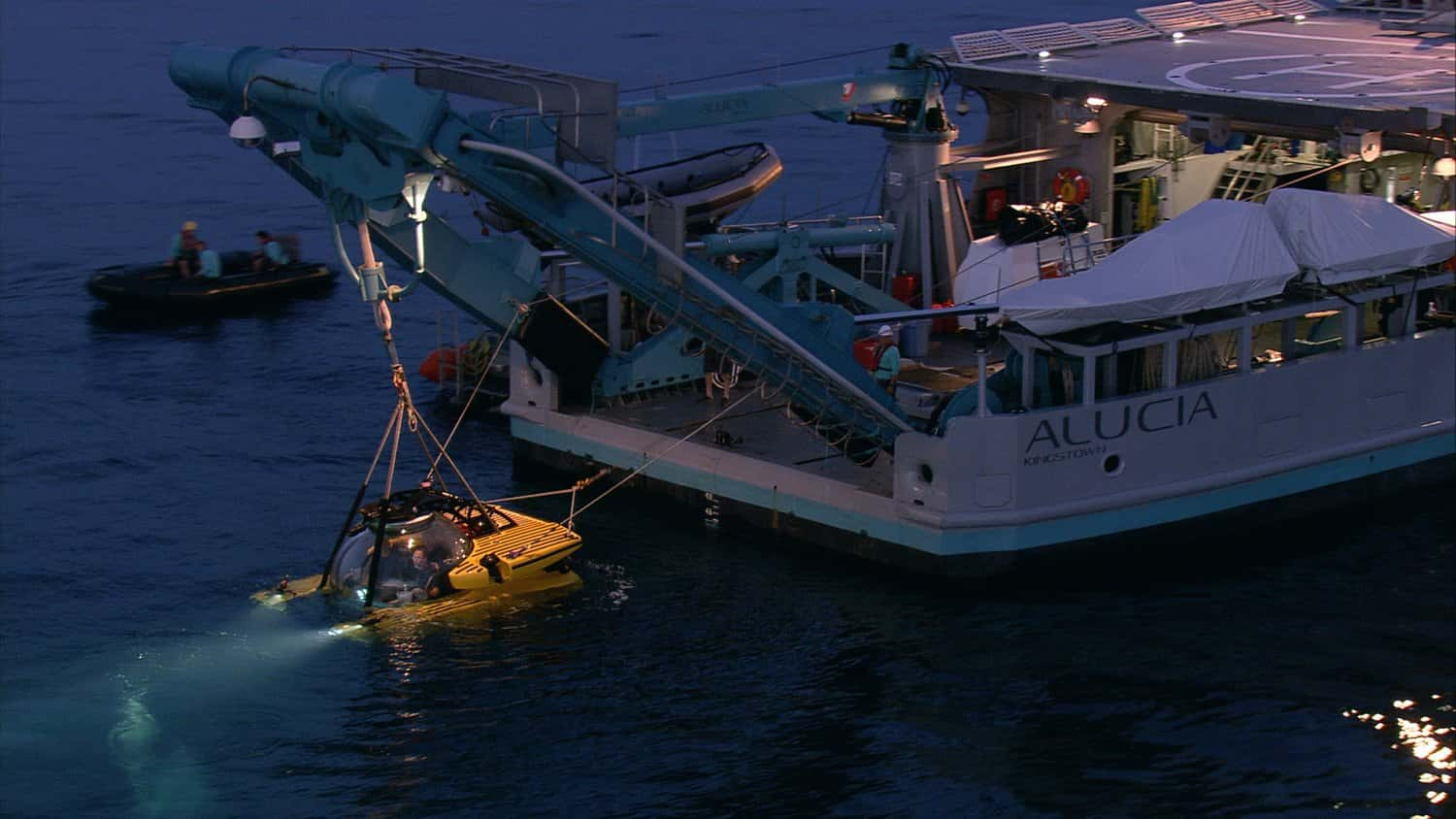
Diving Into The Unknown
So Many Unknowns
The crew wasn’t sure how its submarines would fare down there. After all, the depth was going to put a lot of pressure on it. However, as they began their fall, these worries faded. They discovered an extraordinary habitat of fascinating animals under the sea. The team even discovered one that they named after a significant character in the Star Wars series!
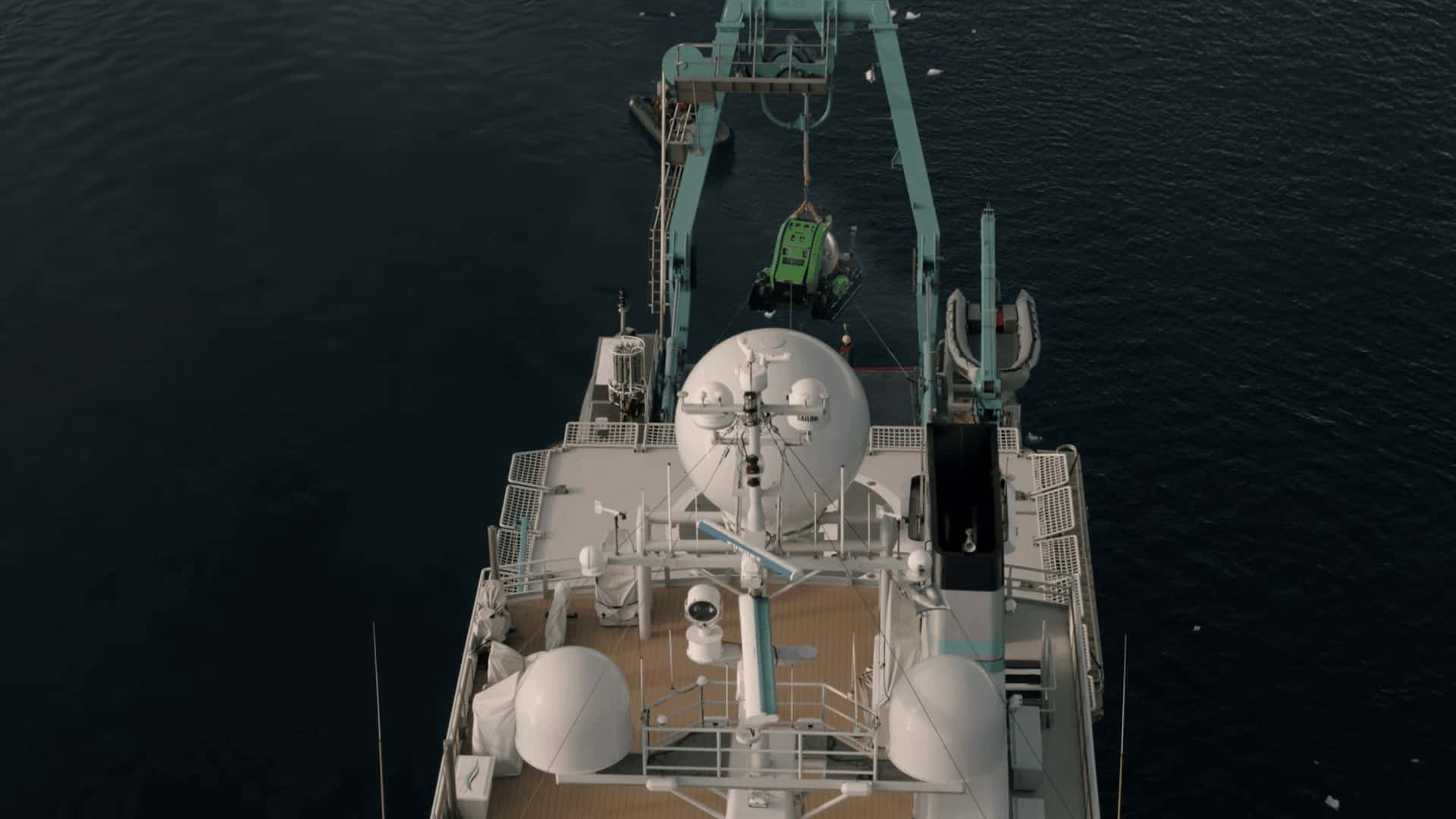
So Many Unknowns
More Life There
Even while life above the waters is sometimes unpleasant, there are a plethora of weird and exotic marine animals underneath it all. “Within a square yard, there is more life in the depths of the Antarctic than there is on the reefs of Australia’s Barrier Reef,” Mark Taylor told LADbible. He was a member of the aforementioned diving team. There are many plausible explanations for this.
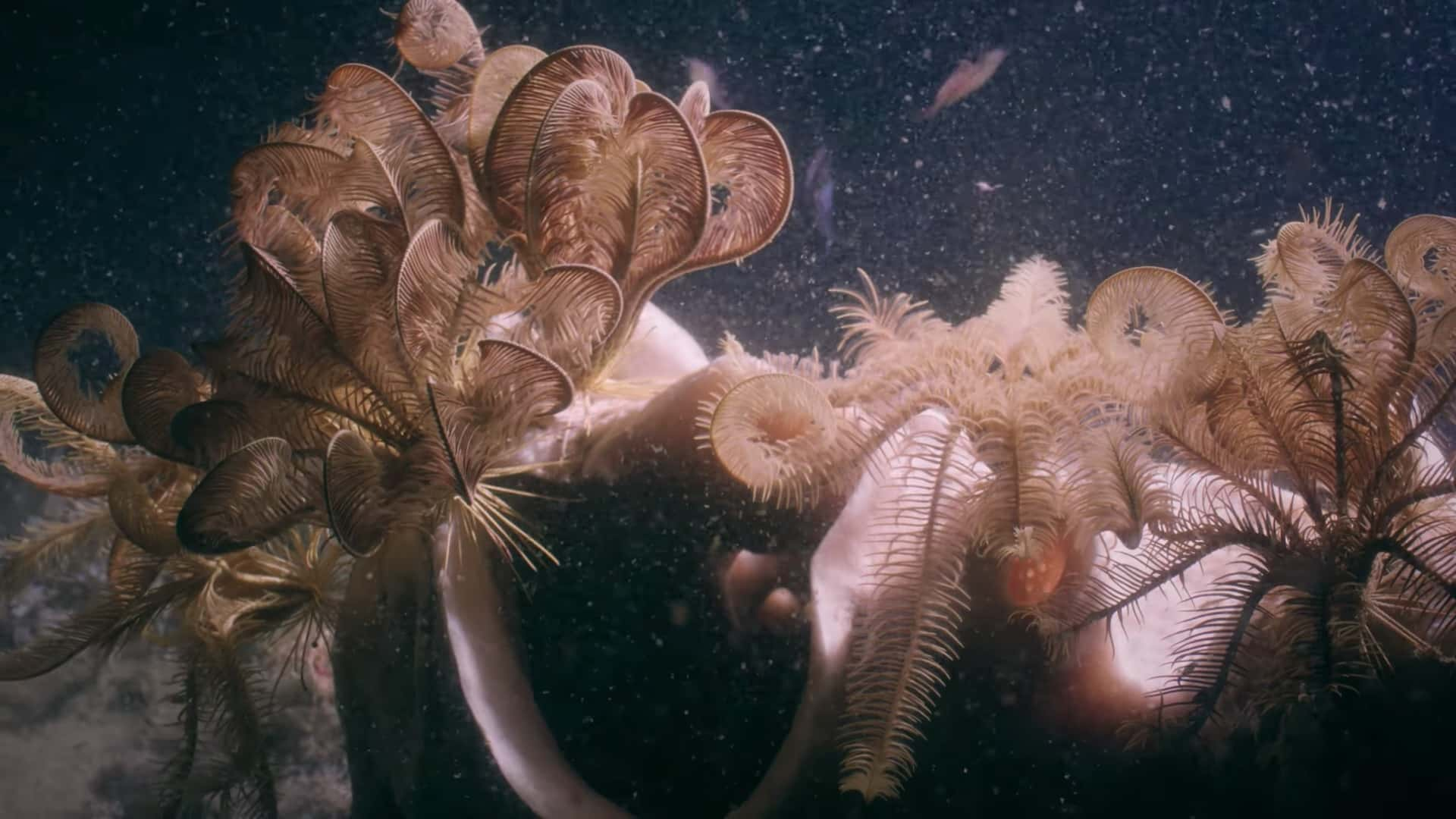
More Life There
Thick Marine Snow
The marine snow they saw under the Antarctic seas was “thicker than [he’s] seen anyplace else in the world’s oceans.” These are Dr. Jon Copley’s comments from the University of Southampton. But, precisely, what is marine snow? And why is it significant for the seafloor?

Thick Marine Snow
Important Food Source
Is this your first encounter with marine snow? It is biological material that sinks to the ocean bottom from the higher reaches of the ocean. It is a vital source of food for the animals that live under the sea. After all, it uses sunlight to transport energy and nutrients from different areas of the sea.
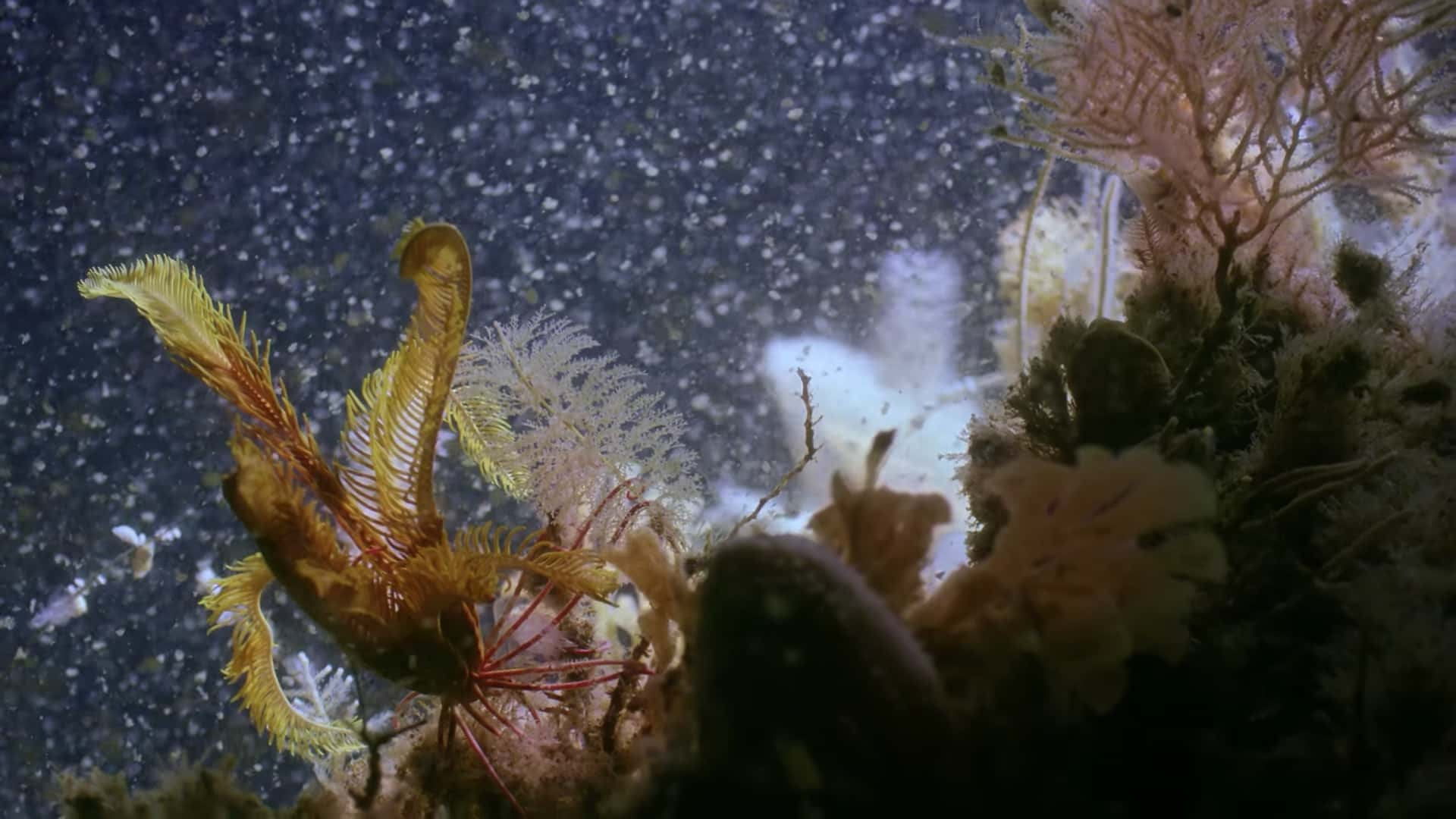
Important Food Source
Krill Poo Too
However, there is another significant food source deep in the Antarctic Ocean. We’re talking about krill poop! Krill are tiny crustaceans that dwell in the seas and perform an important function. To be more precise, their feces turns the sea bottom into a muddy environment that is suitable for sustaining life at that level. It just so happens that the animals that thrive in the region are some of the most unusual species you’ll ever see.
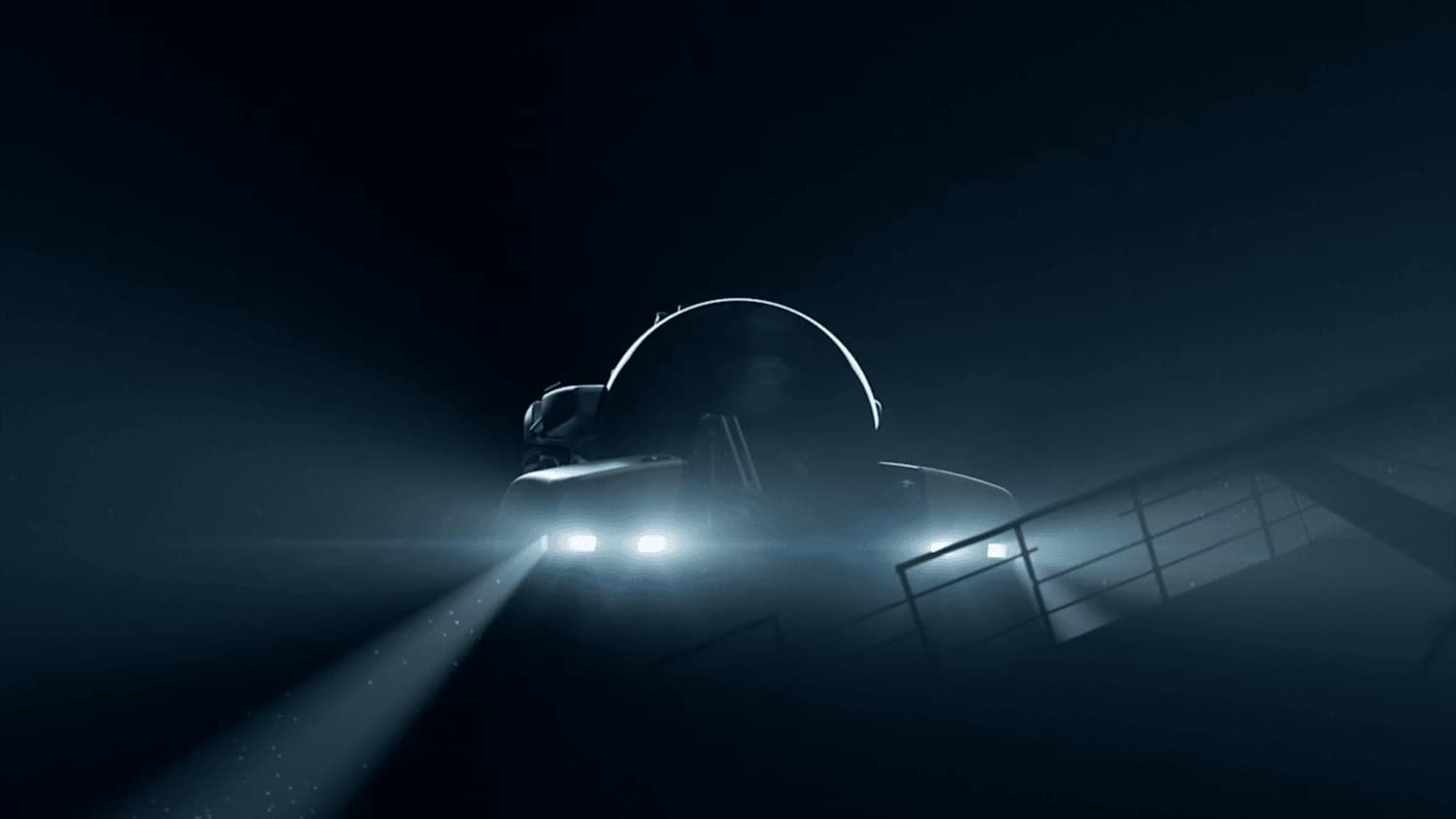
Krill Poo Too
The Antarctic Sunstar
The Antarctic Sunstar was one of the most unusual creatures discovered by researchers. The researchers, on the other hand, gave it a rather ominous name. They dubbed it the Death Star, and we can see why. The animal’s scientific name is Labidiaster annulatus. It is a close relative of the ordinary starfish, yet it is a much weirder species.

The Antarctic Sunstar
Also Known As The Death Star
The Death Star, for example, may have up to 50 arms! It may even expand to the size of a hubcap. The flesh of the arms is covered in tiny pincers that lock shut when anything comes into touch with them. Most of the time, the unfortunate victim is a passing krill. This isn’t the only strange thing about the Sunstar!
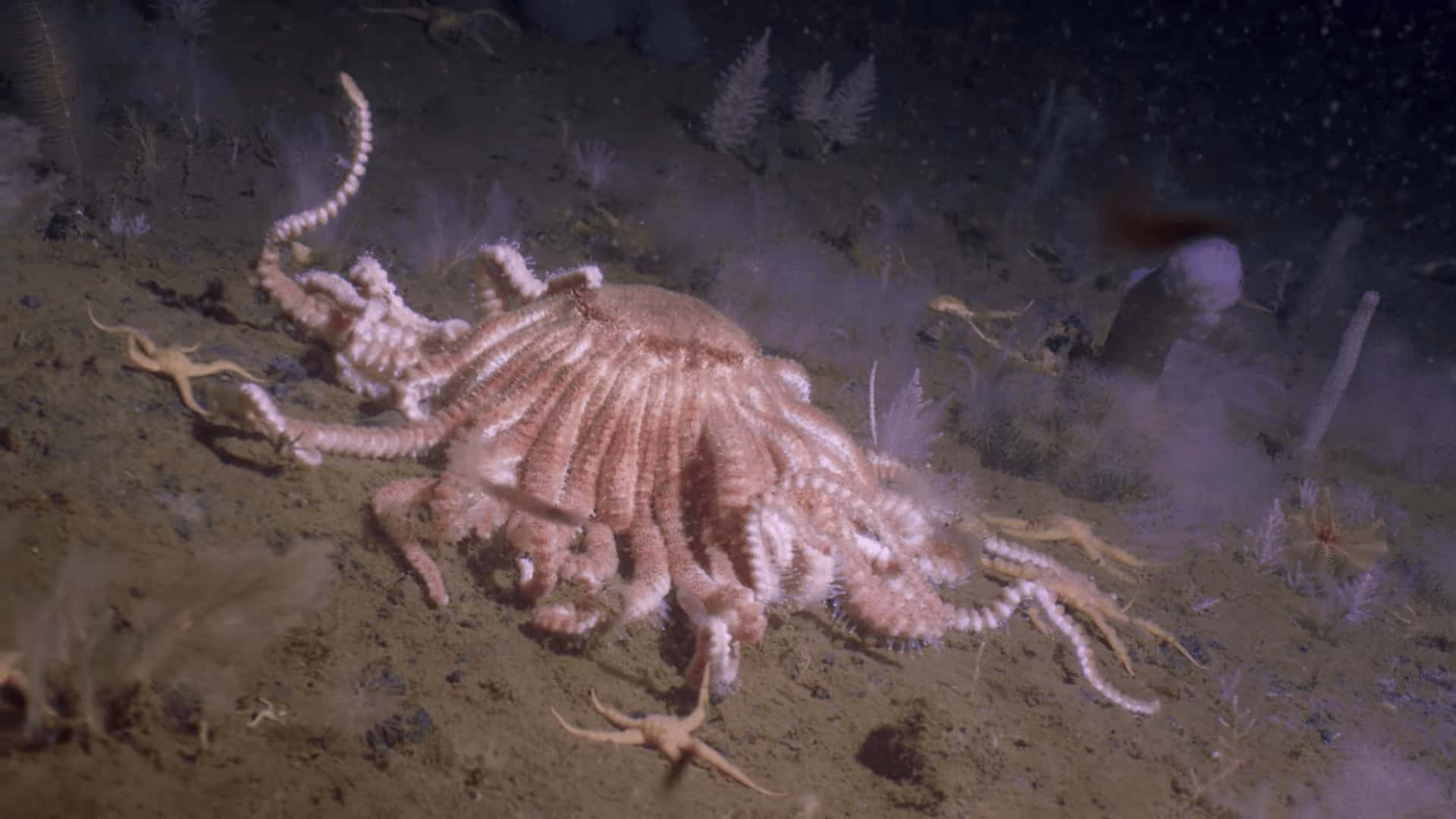
Also Known As The Death Star
How It Is Done
In the rest of the world’s seas, fish are the main predators, but the Death Star is here to show us how it’s done in Antarctica. Because the water in the location is very cold, fish do not frequently survive. As a result, invertebrates such as the Antarctic Sunstar are at the top of the food chain.
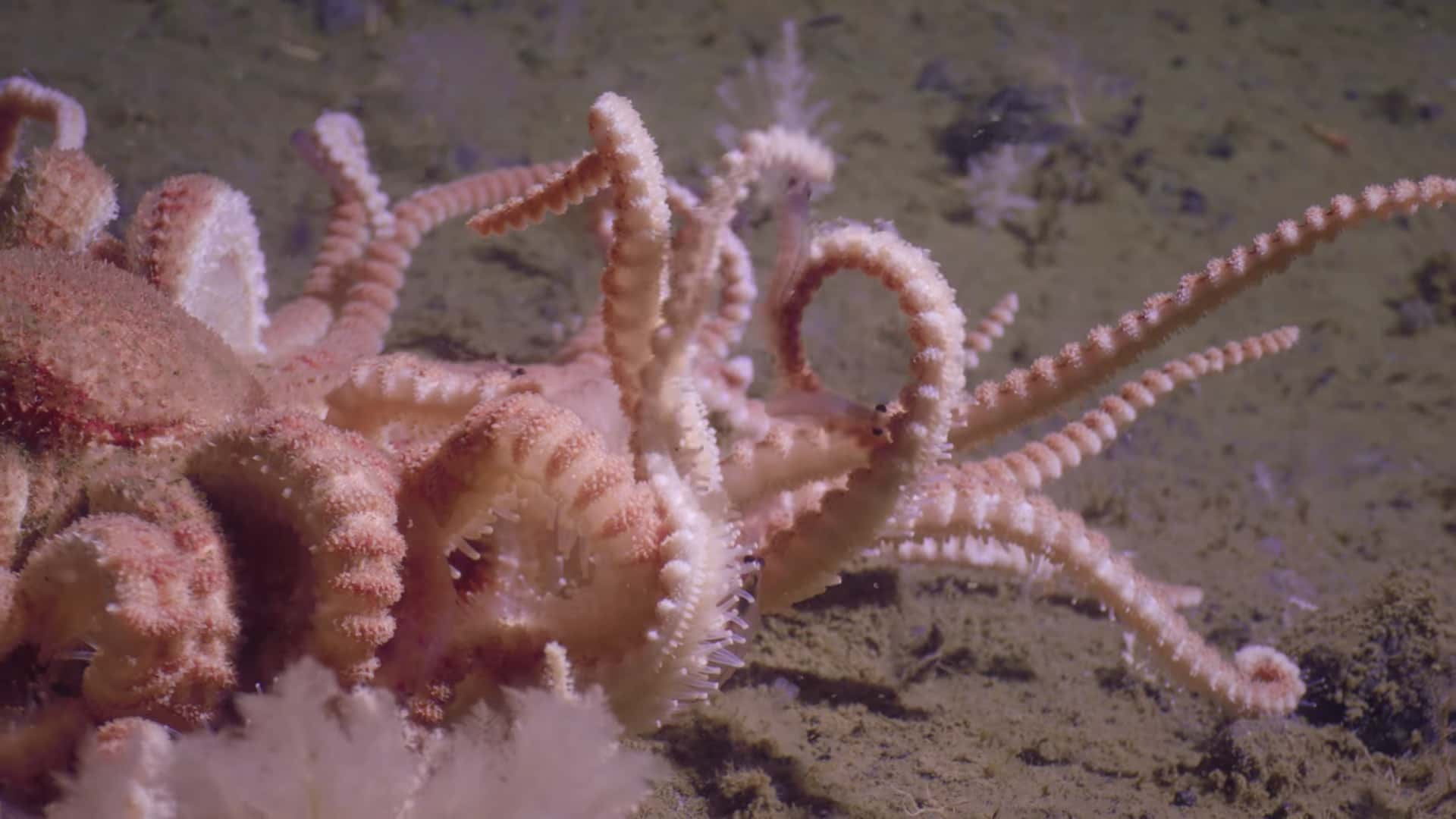
How It Is Done
Diving Down There
When you dive in Antarctic waters, it’s as if you’re seeing through a window into what the oceans were like before humans arrived. “It’s the creatures without backbones that dominate and dominate as predators,” Dr. Copley said, “and that’s how the seas were over 250 million years ago.”
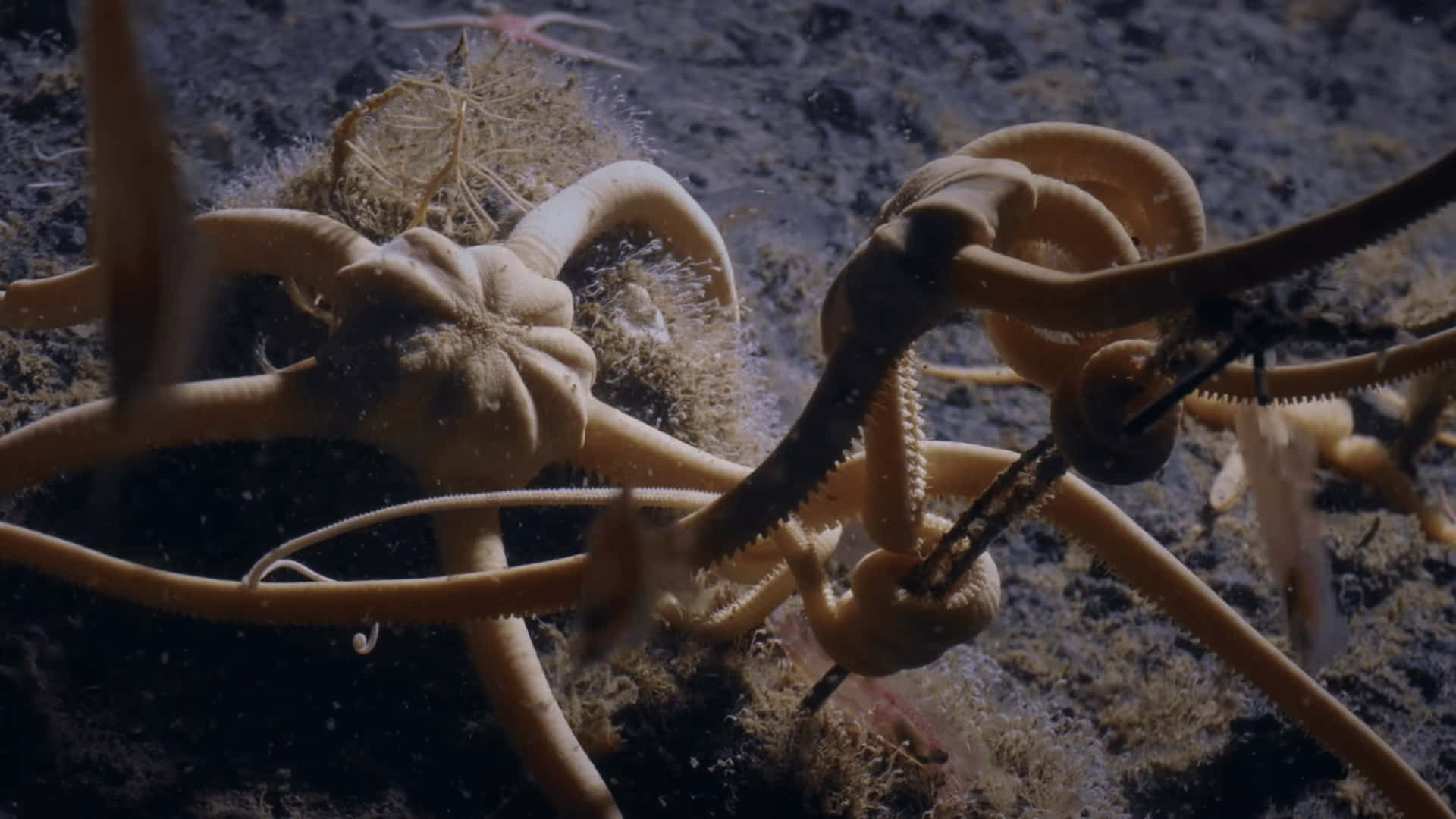
Diving Down There
